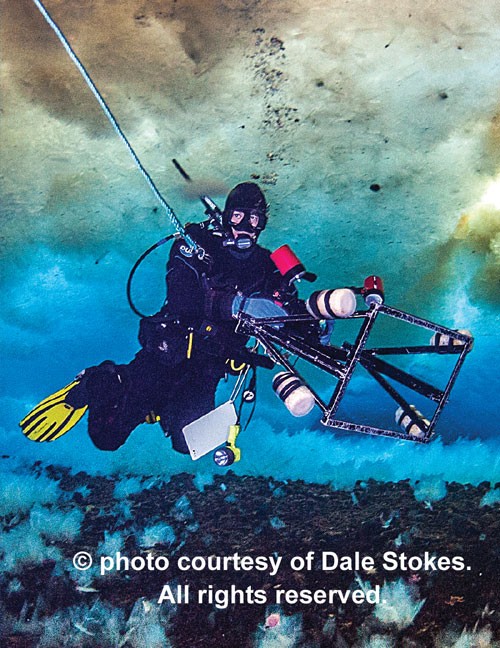Holiday Customer Support Closure
Please note that our customer support will be closed for the holidays starting December 24th through January 4th.
DEPTH Blog
Today, November 21, is the 100th anniversary of the sinking of the HMHS Britannic, and we are pleased to announce the global launch of Mystery of the Last Olympian: Titanic’s Tragic Sister Britannic by author Richie Kohler with Charlie Hudson!
[Article reprinted with permission from Adventure Sports Network, Inc.]
Paul Mila and his recently released book, Harry Hawksbill Helps His Friends is making a big splash around the Northeast!
Author Jennifer Idol of An American Immersion is literally taking the U.S. by storm. An adventurer, entrepreneur, diver, author, photographer, and graphic designer, this multi-talented woman's message of environmental conservation is spreading across the country.
It is a very special moment for authors to see their life's work in physical print. To finally hold a print copy of the book is a profound moment for an author.
Jennifer Idol became the first woman to dive 50 states and is Best Publishing Company's newest author. Be among the first to buy her book and see her transformative quest to show how our national waters are a treasure to care for and protect.
Join us at Our World Underwater Dive Show in Chicago, IL, for the official book launch of Mystery of the Last Olympian: Titanic's Tragic Sister Britannic by Richie Kohler!
In this article we discuss variation in ocean temperatures and what the colder water diver needs to know. In future articles we will look at rivers, sea ice and fresh water ice.
In this article we discuss lakes as a cold water and ice-diving enviroment. In future articles we will look at oceans, rivers, sea ice and fresh water ice.
The release of the 2015 edition of NFPA 99 earlier this year has been accompanied by a lot of conversation around the subject of hyperbaric facility safety. This week we have three resources that will help you to navigate through the various safety codes and standards.


![[Sneak Peek] Author Richie Kohler Sees His Book In Print for the First Time](https://www.bestpub.com/images/easyblog_images/384/b2ap3_large_Richie-Kohler-unboxing-Mystery-of-the-Last-Olympian_w.jpg)






